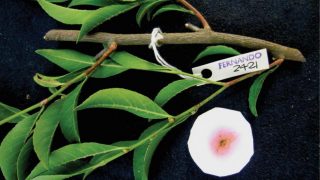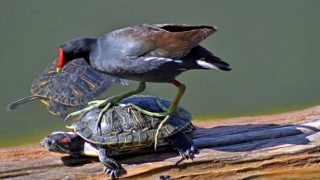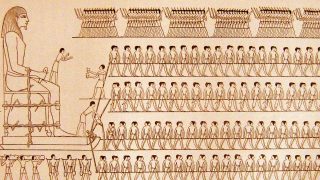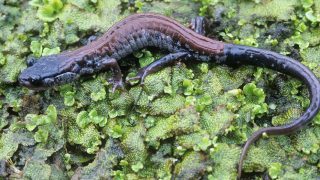
MI weekly selection #75
Humanities & Social Sciences • Science • Technology • Weekly Selection
Plant that consumes nickel found in the Philippines A plant that thrives in nickel-rich dirt has been discovered in the Philippines. Rinorea niccolifera can absorb large amounts of nickel through its leaves. UPI Regrown bone in monkeys using pluripotent stem cells It could be possible to grow new bone in humans using induced pluripotent stem […]








